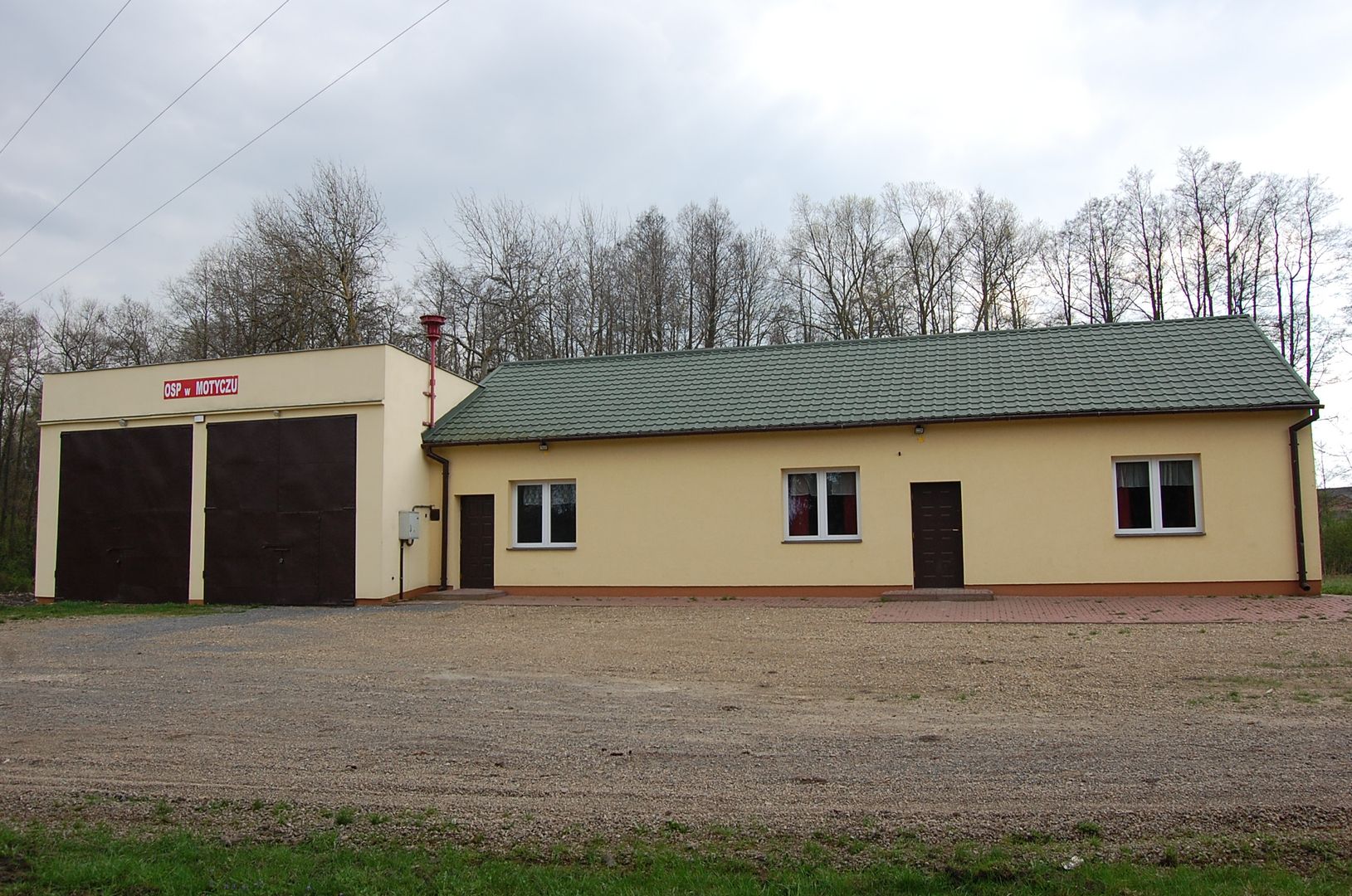Motycz
6.84

Overview
Motycz is a picturesque village in the Lublin Voivodeship, known for its rich history dating back to the 7th century, when it was part of the main trade route to Rus'. The first written mention of the settlement comes from 1317. Architecturally, the village was distinguished by an 18th-century Baroque wooden church, which burned down in 1994. Today, a new temple stands in its place, and the historic railway station complex is listed in the register of monuments. Motycz features a diverse landscape, built on hills with valleys and ravines, making the area attractive for tourism. Within the village boundaries are the sources of the Ciemięga River and an alder forest. The culture of Motycz reflects the complexity of local traditions, with a distinctive dialect and names that are a blend of various influences. The rural community is dominated by traditions of agriculture and fruit growing, with active farms and a fruit cold storage facility. Motycz is also a center for healthcare, with a public clinic and other services. The history of the village is full of stories and legends, including one about a stronghold called "Bęben" (Drum), which was an important defensive point in the past. In the 19th century, Motycz became a prosperous place with the development of crafts and trade, though it was significantly impacted by World War II. After the war, modern infrastructure and cultural life developed, with the activity of a school, a library, and the organization of local events such as Senior Citizens' Day. The region is also home to historical figures, such as soldiers of the Home Army, local politicians, and artists. Thus, Motycz is a village with a rich cultural, historical, and natural heritage that continues to preserve its traditions and develop dynamically.
Location
You can also find here:
2025 Wizytor | All Rights Reserved
